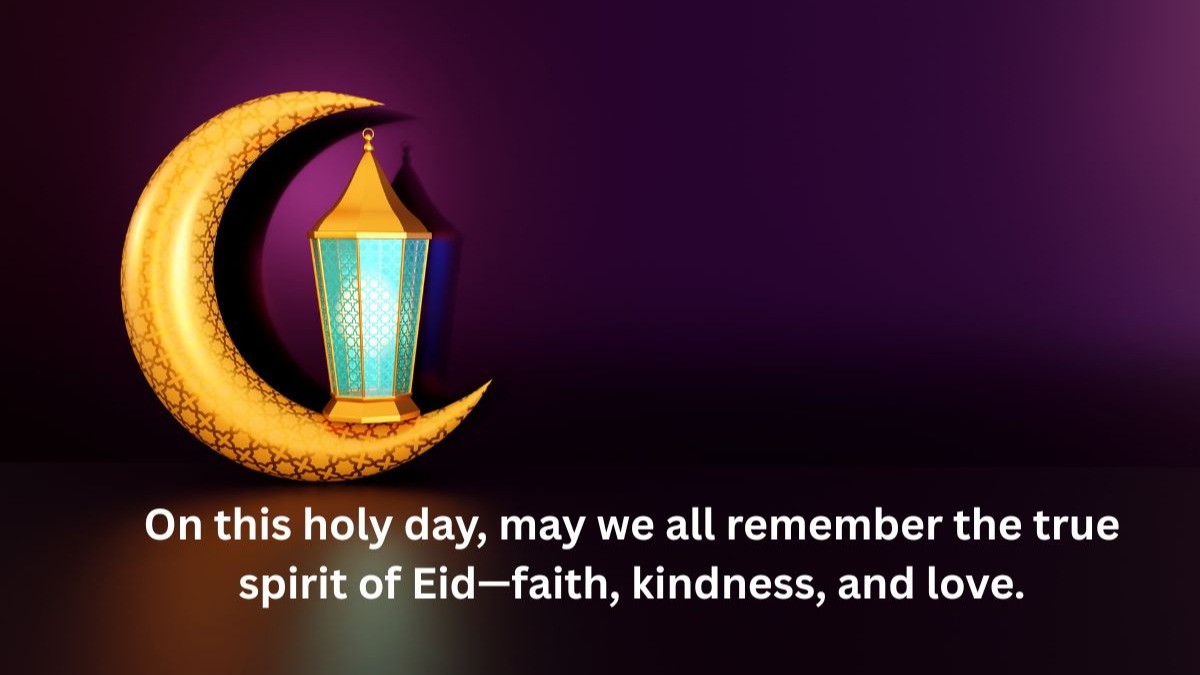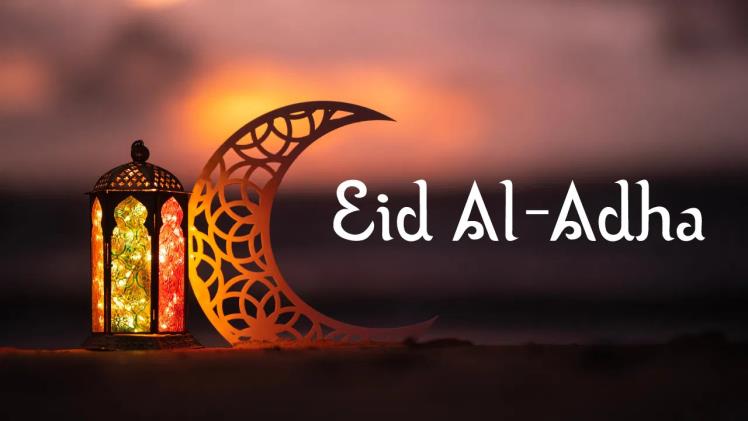Discover respectful ways to respond to Eid al-Adha greetings and show appreciation for this important celebration.
Looking to dive into the colorful, joyous world of Eid al-Adha? Get ready to unwrap the layers of this significant celebration, from understanding the profound rituals and appreciating the deep cultural roots to joining community festivities and savoring traditional feasts. We’ve got everything you need to elevate your festive spirit, including tips on charity, prayers, and even Eid fashion. Keep reading, because this is where your Eid al-Adha journey begins!
Key takeaways:
- Appreciating Eid al-Adha’s cultural significance: Embrace history and shared humanity.
- Sharing festive greetings: Spread kindness with “Eid Mubarak!”
- Understanding the sacrifice ritual: Symbolizes obedience, sharing, and community care.
- Participating in community events: Connect with others, enjoy festivities.
- Donating to charity: Symbolizes generosity, empathy, and sharing joy.
Appreciating Cultural Significance
Think of Eid al-Adha as a grand cultural tapestry, each thread rich with history and significance. This isn’t just a day to feast; it’s about embracing and understanding a narrative that goes back thousands of years.
At its core, Eid al-Adha commemorates the willingness of Ibrahim (Abraham) to sacrifice his son as an act of obedience to God. It’s a story shared by multiple religious traditions, weaving a sense of shared humanity.
The holiday also underscores the importance of family and community bonds. You’ll find families gathering, often spanning generations, to share in the celebration and reflect on their values.
Festivities often include special prayers, known as Salat al-Eid, performed in congregation. These prayers are not just rituals; they’re a way to foster a sense of unity and mutual respect.
By appreciating these elements, you’ll see Eid al-Adha isn’t merely a holiday—it’s a deeply woven part of many people’s identity and values.
Sharing Festive Greetings
Imagine a world where everyone’s default greeting is “Eid Mubarak!” First, it’s polite. Everyone likes polite. Second, it’s inclusive. You’re showing appreciation for a significant cultural event. Bonus points for empathy! And, it sets a celebratory tone. Who doesn’t love a bit of extra festive cheer?
Join your Muslim friends in their excitement. Trust me, it’s infectious. Practice saying, “Eid Sa’id,” too— a little variety never hurts. Plus, it’s like sprinkling linguistic glitter on your social skills.
If you’re feeling extra fancy, send a card or a message. Traditional or digital, it doesn’t matter. It’s the thought that counts. Remember, emojis alone don’t cut it. Have you tried crafting a heartfelt note? It’s like instant friendship glue.
And don’t shy away from a quick phone call. Yes, those things still work! You get bonus warmth points for voice contact.
Understanding the Sacrifice Ritual
At the heart of Eid al-Adha lies the act of Qurbani, the ritual sacrifice of an animal. Passed down from the story of Abraham’s willingness to sacrifice his son, it symbolizes obedience and devotion.
- Here’s the lowdown:
- First, the animal—usually a goat, sheep, cow, or camel—must be healthy and of a certain age. No shortcuts here; quality counts!
Second, the sacrifice is usually performed by a skilled individual who offers a prayer, ensuring the act is carried out humanely.
Third, the meat is divided into three parts: one-third for the individual’s household, one-third for relatives and friends, and one-third donated to those in need. Yes, it’s a feast, but it’s also a testament to sharing and community care.
Lastly, different cultures have unique customs. You might stumble upon a barbecue party or a communal feast. Join in, ask questions, and grab a plate!
Rich traditions, deeper meanings, and a whole lot of good food—what’s not to love?
Participating in Community Events
Whether it’s attending a local prayer gathering or joining a festive parade, community events during Eid al-Adha provide a great way to connect with others. These gatherings are open to everyone, so dive in and enjoy the camaraderie and shared spirit of the holiday.
Consider visiting a neighborhood mosque for communal prayers. It’s a chance to meet new people and experience the powerful unity of collective worship.
Festivals often include fun activities like traditional music and dance performances. Why not get your groove on? Or at least offer some enthusiastic clapping.
Food stalls at community events offer a smorgasbord of delicious treats. Sample different dishes, and maybe even join a cooking demo to take some culinary secrets home.
Some communities organize charity drives or blood donations during Eid. Giving back while celebrating adds an extra layer of meaning to the festivities.
Don’t miss the art and craft booths where you can learn to make traditional decorations. It’s impossible to leave without a sparkly new trinket or two!
And remember, mingling with diverse groups enriches your understanding of the cultural mosaic. So get out there and soak it all in.
Donating to Charity
Donating to those in need is a cornerstone of the celebrations. Imagine your favorite superhero, only with a charitable twist. This act symbolizes generosity and empathy, ensuring everyone gets to share in the joy. Box up those clothes you haven’t worn since the dinosaurs roamed. Donate a portion of your wealth; it’s like sprinkling kindness confetti on the world. Some people even set up food drives or volunteer at shelters.
Who knew that doing good could feel so…good?

Cooking Traditional Meals
Get your apron ready and your taste buds geared up! One of the best parts of Eid al-Adha is whipping up traditional dishes that taste like home. Think: hearty stews, sizzling kebabs, and, of course, rich, aromatic biryanis. It’s a mouth-watering parade of flavors, spices, and love.
First, gather around with family to cook recipes passed down through generations. It’s not just about the food; it’s about the bonding, the laughter, and the occasional friendly argument over the “right” amount of spice. Grandma thinks you need more cumin. Trust Grandma.
Don’t shy away from trying new recipes, too. Play around with ingredients and surprise your guests with something both familiar and innovative. It’s a feast, not a food fight.
Also, consider the joy of sharing your culinary masterpieces. Invite neighbors or deliver plates to friends. Nothing brings people together like the universal language of good food. Time to let those delicious aromas waft through the air and create new memories!
Learning About Hajj Pilgrimage
During Eid al-Adha, understanding the Hajj pilgrimage adds depth to the festivities. Imagine embarking on the adventure of a lifetime, minus the need for super comfy shoes. Hajj is one of the Five Pillars of Islam, a pilgrimage to Mecca that Muslims aim to perform at least once. This journey is not about sightseeing; it symbolizes unity, equality, and devotion.
Picture a sea of millions, all dressed in simple white garments called Ihram. This isn’t a fashion statement—it’s a declaration of equality, stripping away distinctions of wealth and status. The spiritual trek involves several rituals, such as Tawaf, which is circling the Kaaba, and standing in prayer on the plains of Arafat. Now, if you think your morning commute is hectic, imagine this: people from over 180 countries, all converging in one place in pursuit of spiritual cleansing.
Understanding these rituals gives context to the celebrations of Eid al-Adha, making it more than just a day off work. Dive into some documentaries or articles—your curiosity might just earn you bonus points at the next dinner party!
Engaging in Prayer and Reflection
Finding a quiet space in the hustle and bustle of Eid can be a blessing. You get a moment to connect with something bigger than yourself. Prayers during Eid are less about ritual and more about rekindling your spiritual fire.
Start with the Takbir, those mesmerizing phrases during Eid prayers that get your mind into the right mindset. It’s like tuning your mental radio to the “Gratitude FM”.
Don’t forget, reflection isn’t limited to a prayer mat. Think about the past year, the ups, the downs, and the zigzags in between. Count your blessings—maybe even make a mental list (just don’t try to multitask and cook at the same time).
Oh, and remember, it’s not just about talking. Listen too. Like really, really listen. Whether it’s the universe, your inner voice, or maybe just your mom calling you for the hundredth time—be present.
Feel recharged, inspired, and ready for whatever hijinks the rest of the day holds!
Discussing Eid Customs With Friends
Talking about Eid customs with friends can be a delightful experience, especially when they share stories that are rich in tradition and meaning. Naturally, start with the essentials like what Eid al-Adha commemorates – the willingness of Ibrahim to sacrifice his son as an act of obedience to God. That story alone packs a punch, right?
Next, dive into the specifics of the celebration. Explain the ritual of Qurbani, where livestock is sacrificed and the meat distributed among family, friends, and the less fortunate. This gesture of sharing symbolizes community spirit, which could really strike a chord with anyone.
Turn the conversation towards communal prayers. Large congregational prayers take place at mosques or open fields, emphasizing the unity and equality among Muslims. You might mention the common practice of wearing new or best clothes, which serves both as a form of respect and personal renewal.
Don’t forget to touch on the culinary delights. Speak fondly of traditional feasts that brim with dishes like biryani, kebabs, and sweet treats such as baklava. Just the thought will make your friends’ tastebuds tingle!
Because it’s always entertaining, share some quirky customs. Like that one uncle who upstages everyone with his elaborate Eid outfits. Or the friendly competition of who can distribute the tastiest meat.
By keeping it lively and relatable, you’ll spark interest and maybe even get invited to an Eid celebration next time around!
Exploring Eid Fashion and Decorations
Get ready to be dazzled! During Eid, fashion takes center stage and it’s a riot of colors and styles. People dress in their finest clothes to mark the occasion. Think shimmering silks, intricate embroidery, and vibrant patterns. It’s like a fashion week but with more meaning and less catwalk drama.
Women often wear beautiful dresses called abayas or kaftans, adorned with exquisite detailing. Men might don traditional attire like thobes or sherwanis, looking every bit as regal. And hey, don’t forget the kids—they’re decked out in mini versions of these glamorous outfits!
Decorations? Oh, they go all out. Homes are festooned with fairy lights, colorful banners, and floral arrangements. It’s like a celebration exploded, in the best way possible. You might see intricate henna designs adorning hands, adding to the festive vibe.
If you want to dive into the spirit of things, try incorporating a piece or two of traditional Eid wear or some themed décor. It’s not just about looking good; it’s about feeling connected to a larger cultural tapestry. And let’s be honest, who doesn’t like an excuse to dress up?
